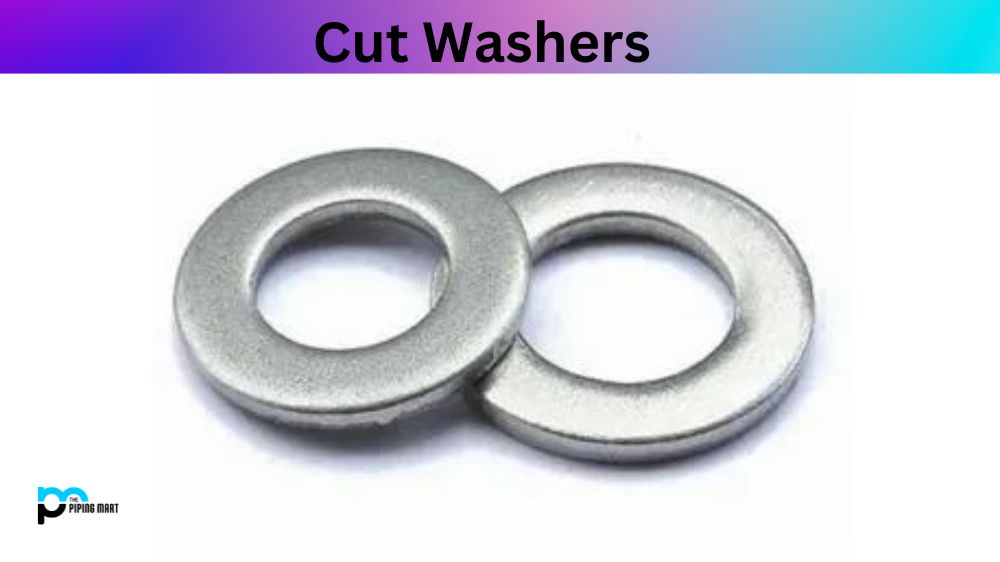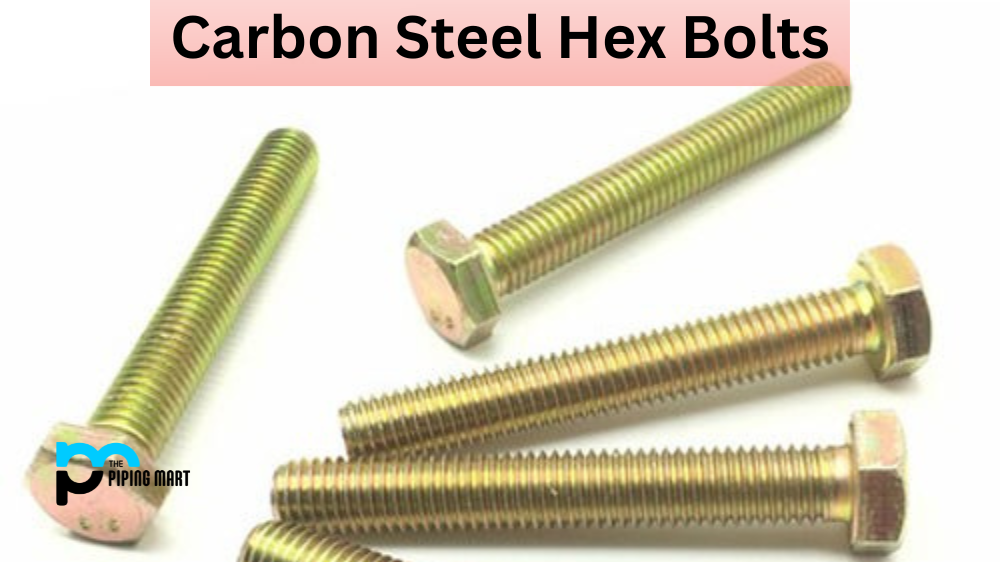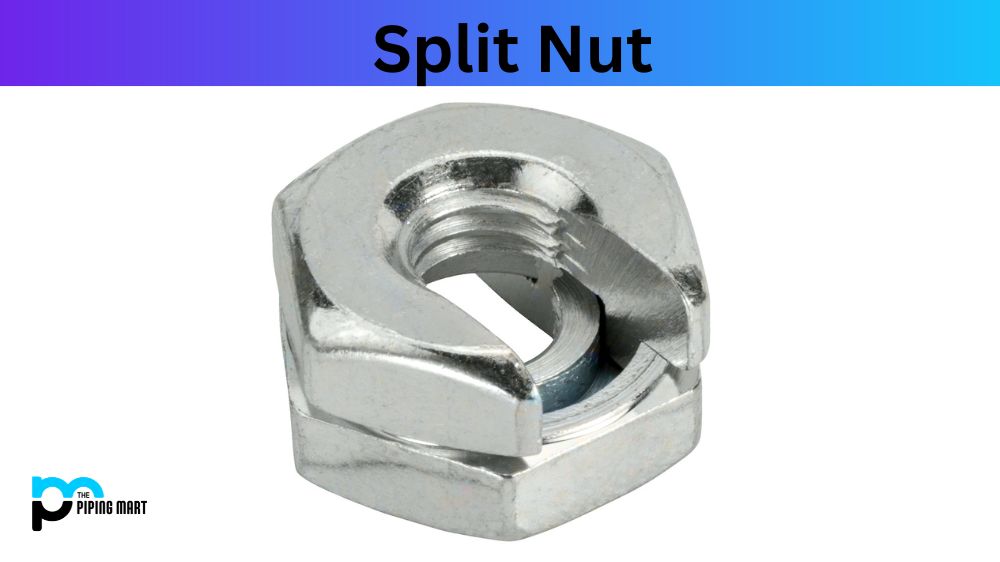Shims and washers are small, flat, disc-like objects used in construction and engineering. While they may look similar, shims and washers serve different purposes. If you need clarification on the differences between these two items, don’t worry. In this blog post, we’ll take a closer look at shims vs. washers and explain their key differences.
What is Shims?
Shims are thin, wedge-shaped pieces made from metal, wood or plastic that can be used to fill gaps between objects. They are commonly used in automotive, electronics, manufacturing and construction applications to adjust the fit of parts or to reduce vibration and noise. Shims can be cut into various shapes and sizes to accommodate different needs. The goal is typically to create a snug fit within an assembly while allowing for ease of motion.
What is Washers?
Washers are small, thin pieces of metal with a hole in the middle. They are used to disperse the load of a screw or nut and prevent corrosion between two metals by acting as a barrier between them. Washers come in various sizes and shapes and can be made from steel, plastic, brass or aluminium.
Difference Between Shims and Washers
Purpose
The main difference between shims and washers is their purpose. While washers are used to distribute the load of a fastener and prevent damage to the surface being fastened, shims are used to fill gaps, adjust height or ensure accuracy. Shims are often made of different materials and come in different sizes, depending on the situation.
Design
Washers typically have a round shape with a hole in the centre where the fastener passes. They may have serrations on their surface or other features that help prevent them from slipping. In contrast, shims can be rectangular, triangular or any other geometric shape. Shims are usually thicker than washers, and some may have one or more notches along their edges to allow for easier bending.
Materials
Washers are commonly made of metal, and most construction and engineering applications use stainless steel washers. This is because stainless steel is highly corrosion resistant, making it an ideal material for applications that need to withstand harsh environments. In contrast, shims can be made of various materials, including plastic, rubber, paper and metal. The choice of material depends on the application and the required properties.
Applications
Washers are used in various applications, including metalworking, woodworking, plumbing and electrical work. They can be used to distribute the load, increase the contact area of a fastener or act as spacers. On the other hand, shims are commonly used in construction and machine building to adjust the gap between two surfaces, level or align machinery, or ensure accurate measurement. Examples of shim applications include aligning windows and doors, levelling subfloors and fixing gaps in machinery.
Selection
When choosing between shims and washers, it’s important to consider the specific application and the requirements of that application. For example, if you’re installing a screw into a metal surface, you’ll need a washer to distribute the load and prevent the metal from being damaged. If you’re levelling a subfloor, you’ll need shims to fill gaps and ensure the floor is level. Always choose the appropriate material and size of shim or washer to ensure that your project is successful.
Conclusion:
In conclusion, shims and washers may look similar but serve different purposes. Shims fill gaps, adjust height, and ensure accurate measurement. They can be made of various materials and come in different shapes and sizes. In contrast, washers distribute load and prevent damage to the surface being fastened. They are commonly made of stainless steel and have a simple round shape. By understanding the differences between shims and washers, you can select the appropriate item for your project and ensure it is completed successfully.

Meet Bhavesh, a seasoned blogger with a wealth of knowledge and experience. From metal products manufacturing to retail, Bhavesh has a diverse background in various industries and is dedicated to sharing his insights and expertise with readers.




